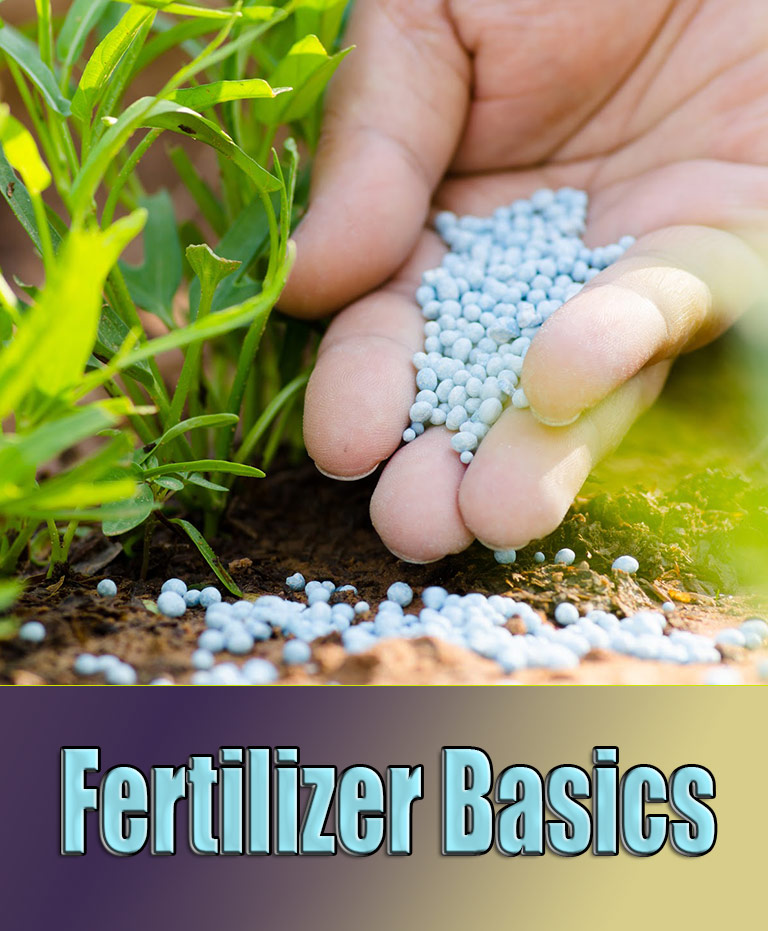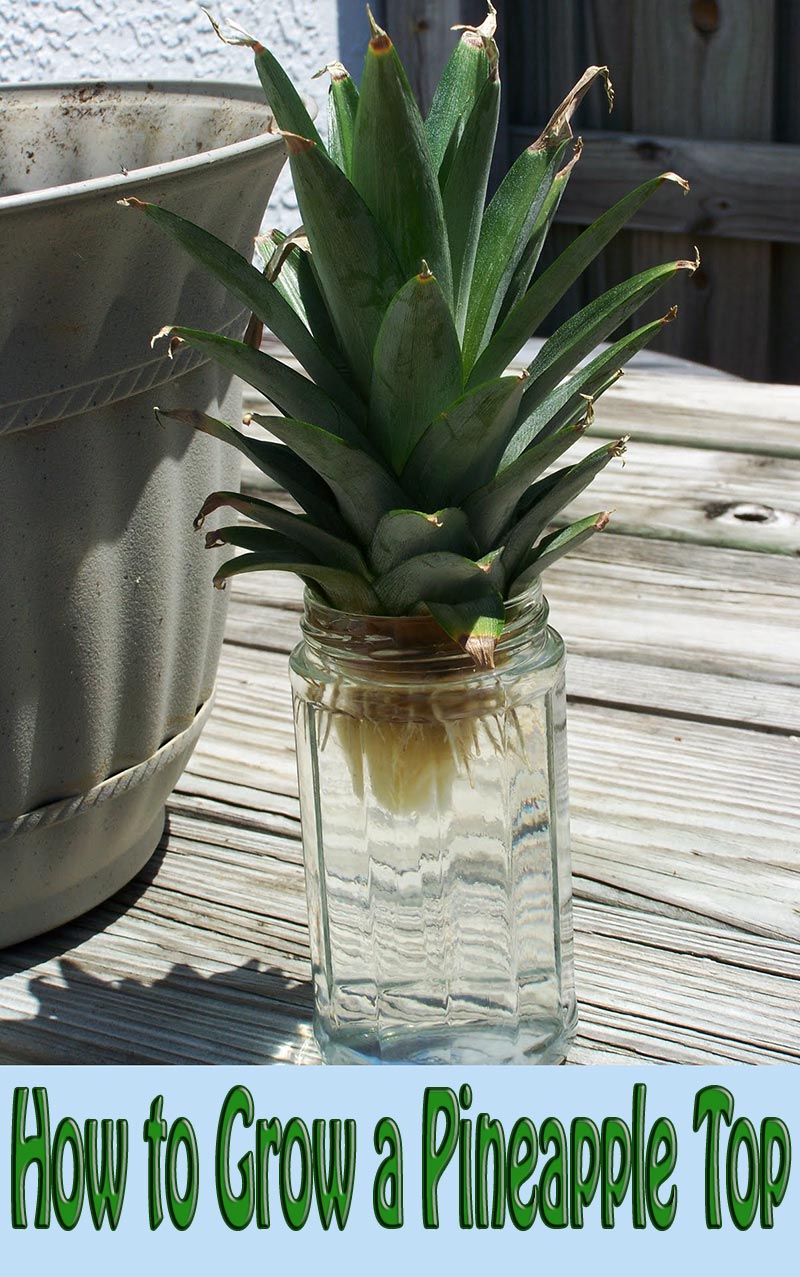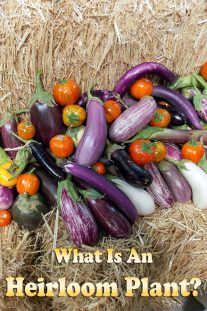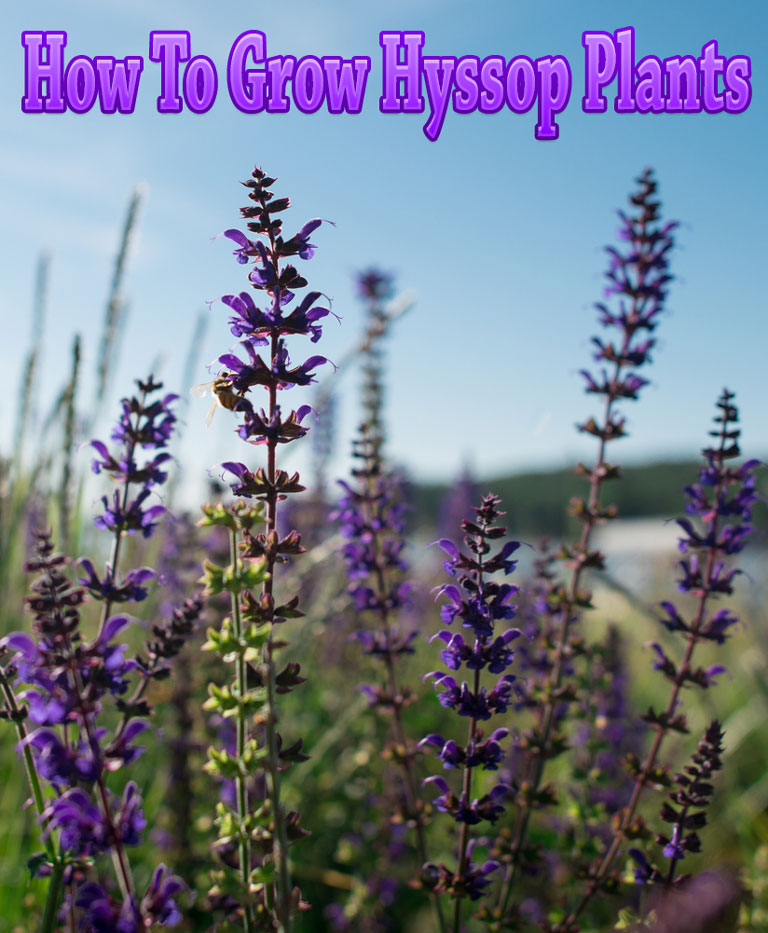
When you visit your local hardware or garden supply store, you will find lots of fertilizer products. How do you choose the one(s) that are right for you? Here’s some basic information to help you decide.
The main nutrients contained in most fertilizers are Nitrogen, Phosphorous and Potassium (chemically speaking: N, P and K). On the front of the package, you will see three numbers, usually in large print, that tell you the percentage of each nutrient contained in that product.
A 20-20-20 fertilizer, for example, is one that contains 20% of each major nutrient; a 30-10-10 contains 30% nitrogen, 10% phosphorous and 10% potassium.
Which Fertilizer I Need?
To decide which fertilizer you need, you first need to know what each of these nutrients do for a plant.
- Nitrogen promotes leafy, vegetative growth
- Phosphorous promotes flowering, and therefore fruit production, and stimulates root growth
- Potassium promotes root growth and benefits the general health of the plant, making it more resistant to disease.
In general, evergreens and lawns need fertilizers with a higher percentage of nitrogen. Blooming plants need more phosphorus and potassium. Good nutrient ratios to look for are: 3-1-2 for lawns and 1-2-2 for flowering plants.
NOTE: Fertilizers with a high percentage of nitrogen will suppress blooming, so don’t use lawn fertilizer in your perennial beds!

It isn’t necessary to buy different fertilizers for every kind of plant, so don’t be taken in by the myriad of products on the shelf. You don’t need rose food and tomato food and bloom “boosters.” A single, all-purpose fertilizer will take care of all your vegetables and blooming plants. Besides that, you will need a separate formulation for your lawn. (Choose a lawn fertilizer that has less than 30% nitrogen or you will spend most of your time mowing grass.)
Know Your Plants
There are a few specialty nutrients you should know about. Some evergreens, most notably rhododendrons, suffer from an iron deficiency that causes their leaves to turn yellow. This is quite common and can be corrected by using a chelated (pronounced KEY-lated) iron product or a fertilizer formulated for acid loving evergreens.
- Bulbs are heavy users of calcium (bone meal) and like a top-dressing of it after blooming and a bit of it worked into the soil when they are planted.
- Roses and tomatoes need extra magnesium — check the package when you buy all purpose fertilizer to be sure magnesium is included as a trace element.
There are several forms a fertilizer can take: granular, liquid, spikes. Which form is best?
- The granular types that you mix with water and pour around the base of the plant are quickly and easily taken up by the roots. (They are a good choice for treating those yellow rhododendrons.) The disadvantage is that the nutrients can leach through the soil quickly in a rainy spell, moving them deeper into the soil profile and out of the reach of your plant’s root system.
- Foliar sprays are also quickly taken up by plants, but their effects are not long lasting. (And the spray apparatus can drive you crazy — they clog too easily.)
- Dry, granular products that you sprinkle on the soil do a good job of slowly releasing nutrients. They are especially useful in wet weather. If you apply them in dry weather, water them in or they can burn your plants.
- Time-release fertilizers, such as Osmocote, come in round pellets (they look like white or green caviar). These fertilizers are expensive, but do a good job of slowly releasing nutrients over several months. This type of fertilizer is often used in the nursery trade for their container stock.
- Avoid using fertilizer spikes. As water dissolves them, they create a concentrated pool of fertilizer which will burn the roots adjacent to the spikes while providing little or no benefit to other areas of the root system. Stick with the dry fertilizers and liquid mixes that you can spread evenly over the surface of the soil.
Think you have over-fertilized? Water, water, water. This will dilute the fertilizer and wash it down below the root zone.





Leave a Reply